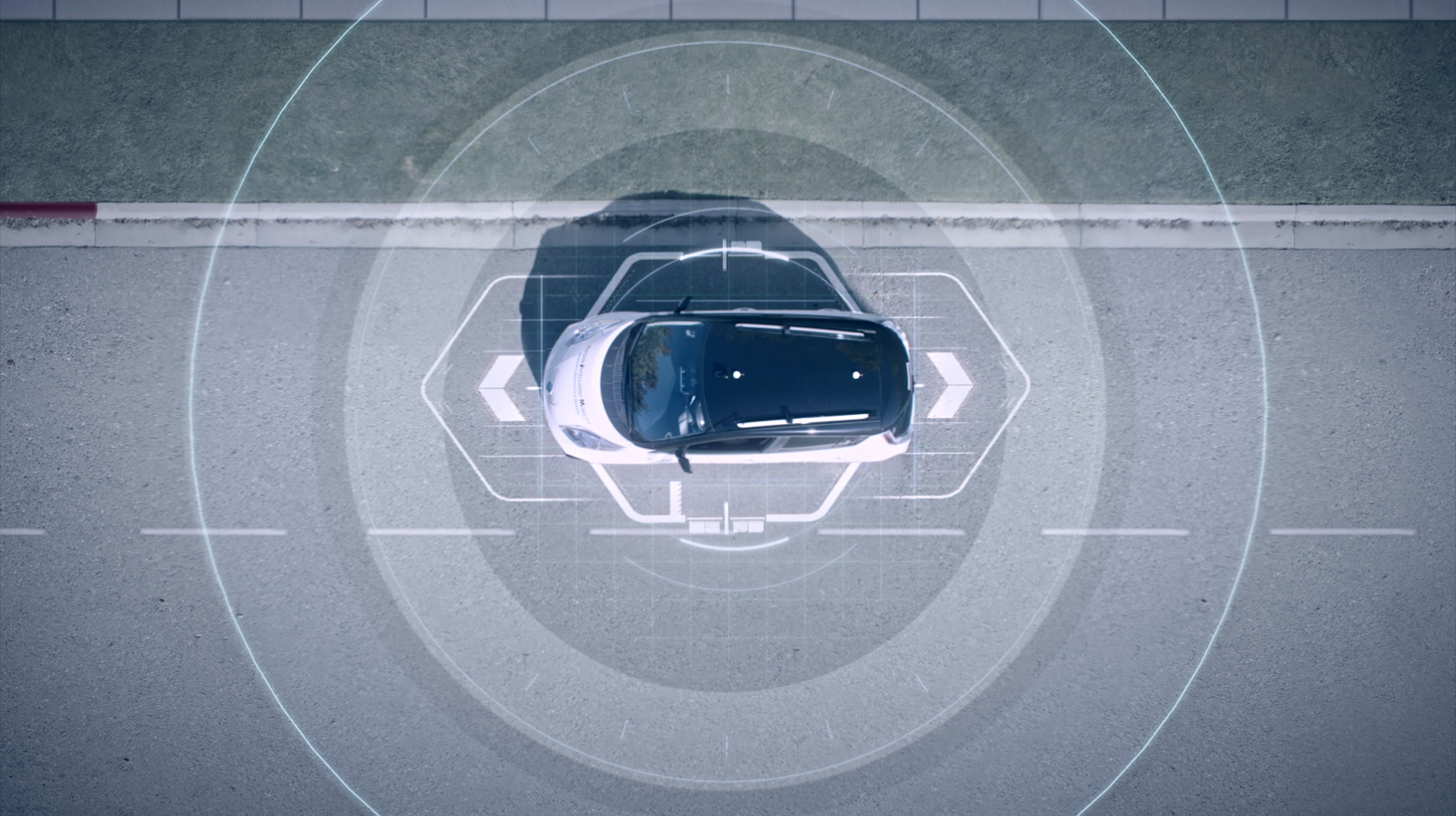It seems that large car manufacturers are bringing out innovative pieces of tech every month to prove that they are the most advanced in the industry.
But there are some advancements that will be staying with us longer than others, and although many will take a while to get to the more affordable cars on the market, that technologies will be in them sooner than you might think.
Things like autonomous driving, interactive displays and artificial intelligence will all be coming into play with vehicles soon, but here are some modern-day examples that could be on the way to your budget vehicle in the next few years.
Autonomous driving features
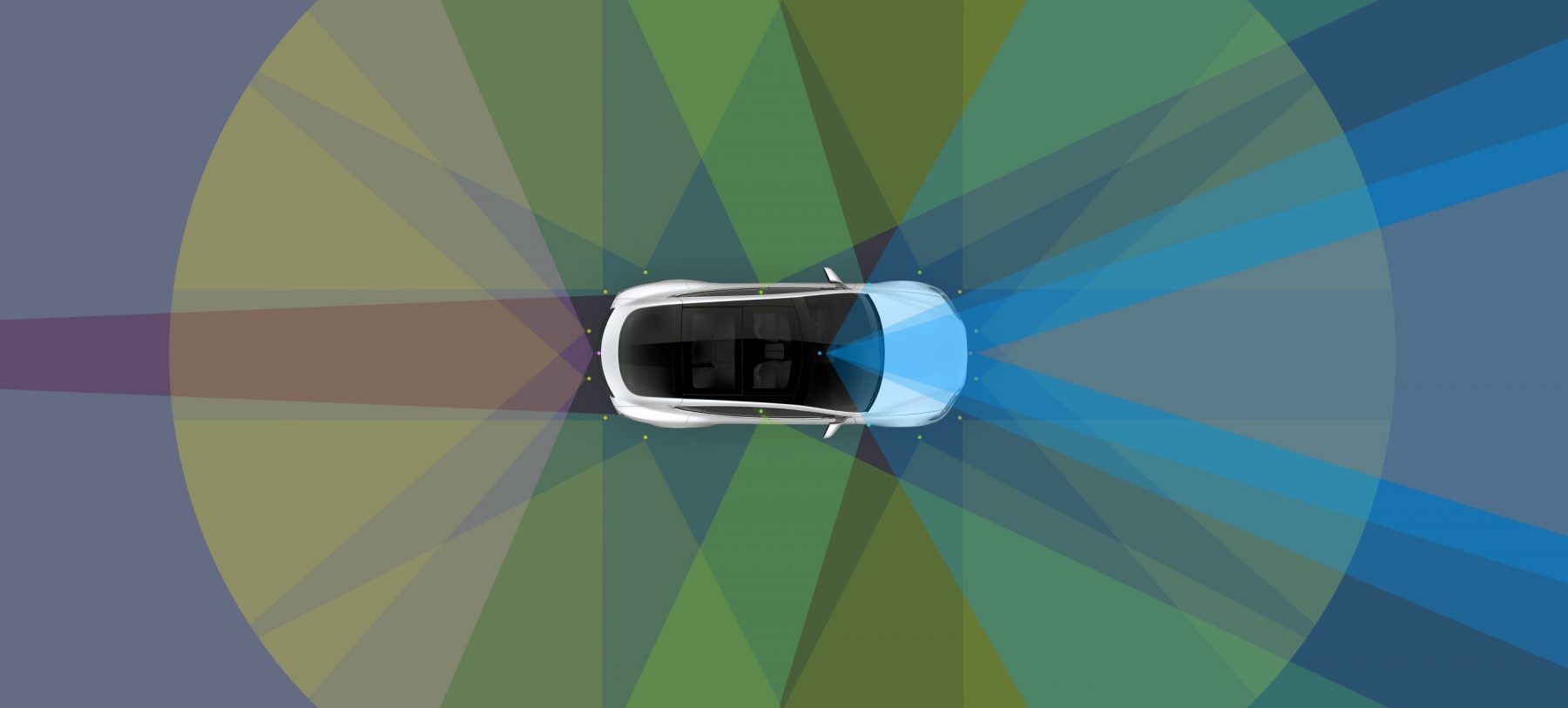
Although it may be quite an unsettling notion for some people, driverless cars will be about in the not-too-distant future, and car companies are already trying to grab the initiative and put it into production cars. Audi and Tesla are two such brands, with both having developed production-ready systems for the premium market.
S, 3, X on a bridge pic.twitter.com/2E57xqkTVY
— Tesla (@Tesla) July 29, 2017
American brand Tesla was the first to fit driverless features to its cars, and although the tech is an optional extra, every vehicle has the required equipment built-in if they later decide to have install the AutoPilot software. Using a series of cameras, sensors, lidars and radars, a Tesla has the capability to see 250 metres down the road and 100 metres behind to ensure that it has a complete view of its surroundings.
With the latest version of AutoPilot, Teslas are able to pretty much drive themselves, as they can move in traffic, steer on more complex roads and be ‘summoned’ from a garage or parking space to the driver if they’re in close proximity.
CEO Elon Musk has predicted that by next year, people will be able to sleep in Teslas on their way to a destination, but people might not be so trusting of the technology just yet.
Excited about the Tesla Autopilot software release rolling out next month. New control algorithm feels as smooth as silk.
— Elon Musk (@elonmusk) May 22, 2017
Audi has also been working on its own autonomous setup, which will be more applicable in a short amount of time. The AI Traffic Jam Pilot offers less functions than Tesla’s AutoPilot and offers level 3 functions rather than the level 4 capabilities of the Tesla system. Level 3 autonomy requires the driver to be aware in case the car needs them to take over, whilst level 4 autonomy allows the driver to relax more and allow the car to drive itself for most of the time. It allows drivers to leave the car in control in nose-to-tail traffic at speeds up to 37mph on barrier-edged roads, such as motorways.
Touchscreen surfaces
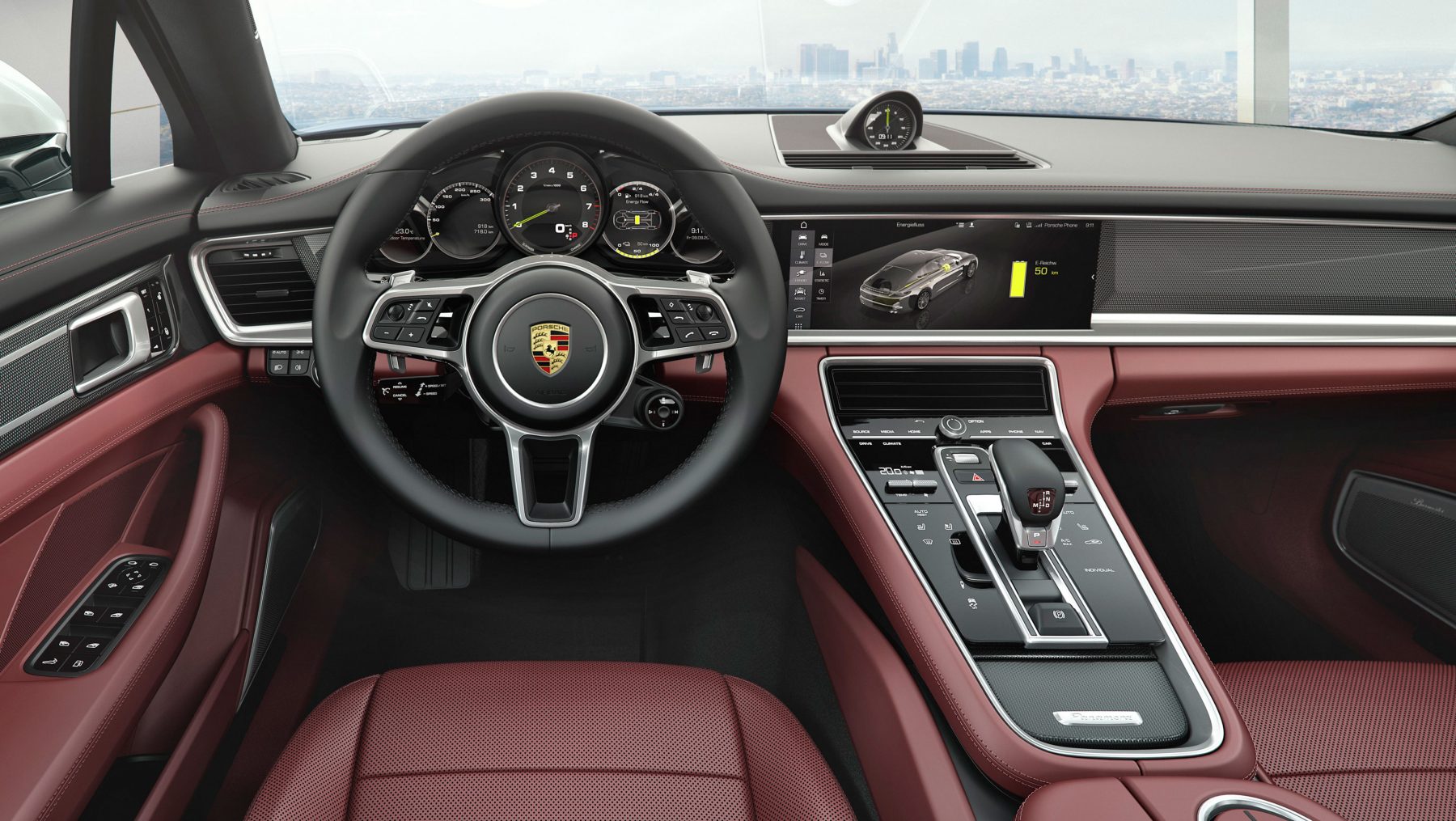
If you are a fan of the button-riddled dashboard, then that design layout may only have a limited shelf-life as touchscreen technology becomes much cheaper to make and easier to fit into car interiors. You will find it on more high-end vehicles already, with the systems in the Porsche Panamera and Range Rover Velar the highest profiles so far.
The Panamera has button outlines on its central console so you know what you are pressing and when, but there is no rudimentary button as it were – only a smooth surface with white light-up icons for each function. It combines with the 12-inch touchscreen infotainment system at the front, which can be customised, and the touchscreen climate and seat controls in the rear – another forward-looking addition.
The Velar has done away with buttons altogether, with the mid-size luxury SUV coming with two central touchscreen surfaces and only touch-sensitive controls on the leather steering wheel. You can control two elements of the car’s features at once, with the satellite navigation in the top screen, and climate control on the lower one – with multimedia systems also available.
Artificial Intelligence infotainment system
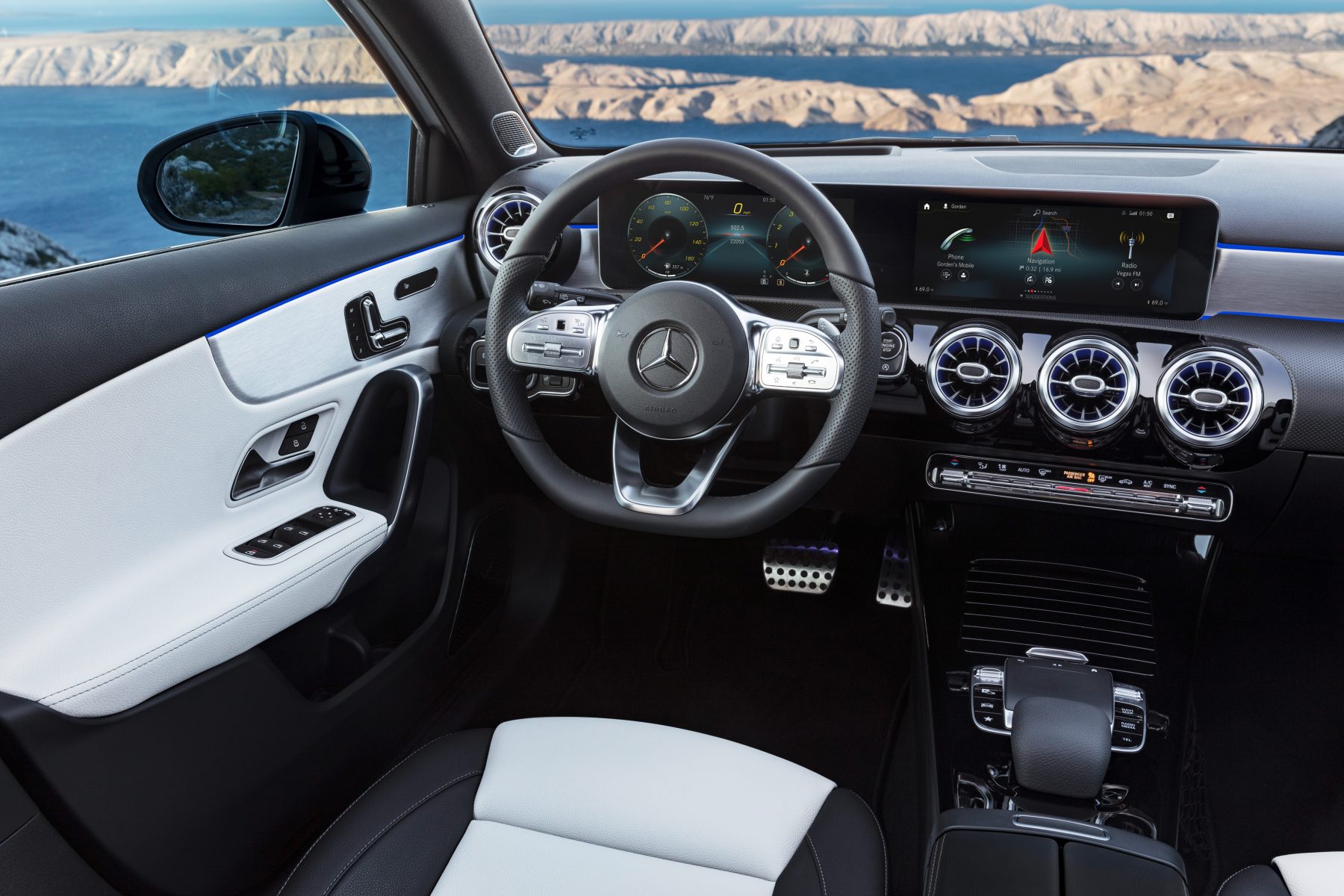
The latest addition to the premium car technology line-up is AI infotainment, and the fresh-faced Mercedes A-Class is the first vehicle to come with such a system. Called Mercedes-Benz User Experience, the software learns to driver’s patterns and habits to help – as Mercedes say – “create an emotional connection between the vehicle, driver and passengers”. With natural speech recognition and augmented reality included in the system, it’s safe to say that this is one of, if not the, most advanced infotainment options currently available.
It works in tandem with the Mercedes Me application, which helps you find your vehicle and transfers all your driving data so you know where you can improve your driving style.
Now you may have used Siri, Google Assistant and Alexa in your vehicle before, but this one is built-in already to be as seamless as possible. It can be paired with the brand’s widescreen cockpit to bring an immersive and incredibly useful infotainment system – all of which can be controlled via the touchscreen itself or touch-sensitive pads on the steering wheel and central console.
Augmented dashboard
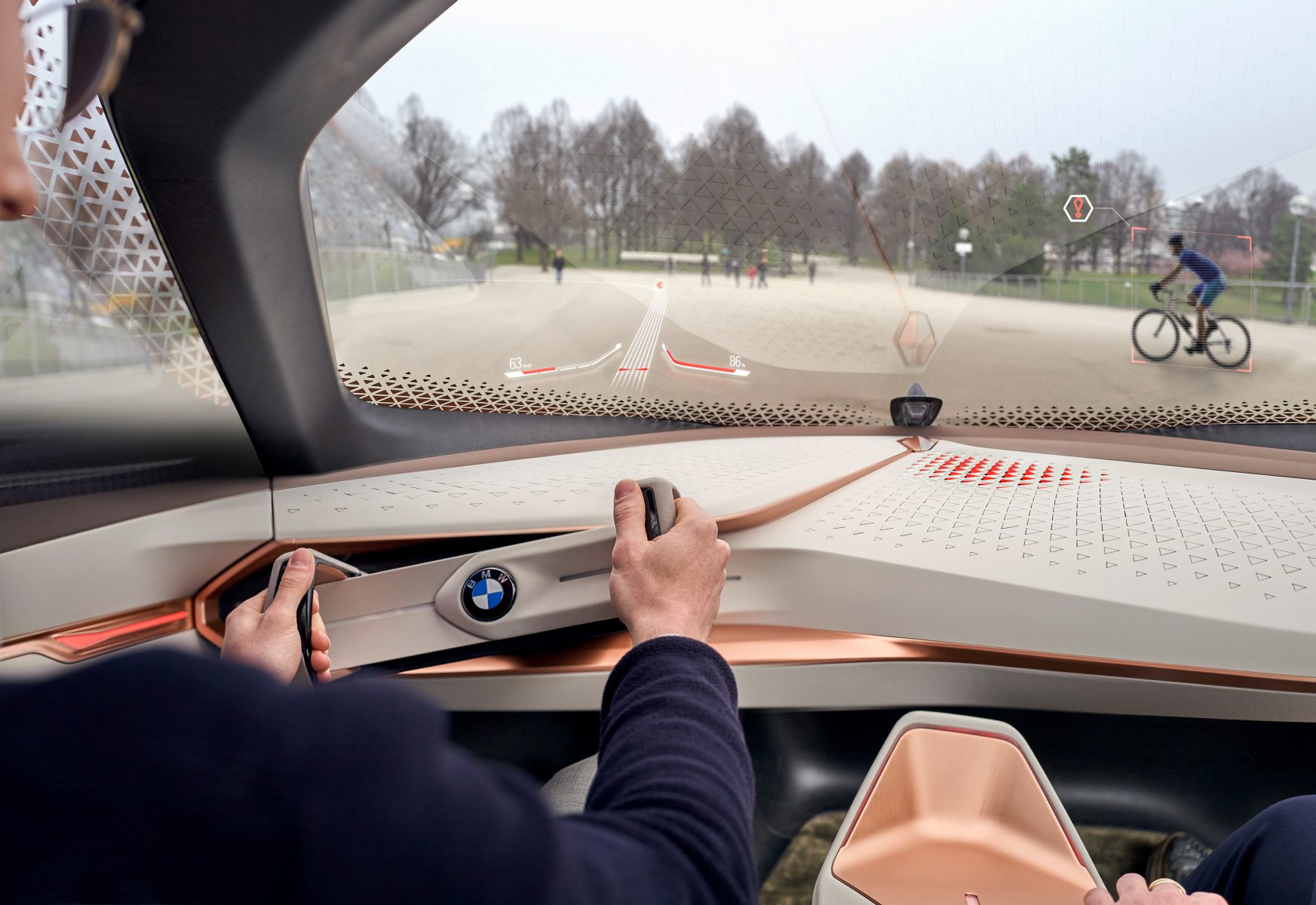
Okay this one may take a while to be finessed into an everyday piece of tech, but the basis of the technology is there. Head-up displays are becoming more prevalent amongst vehicles, so the next logical step is to project all the relevant information onto the windscreen instead.
The best example of this is on a concept car called the BMW Next100, which although is unlikely to get anywhere near the road in the foreseeable future, displays some very relevant technology. The augmented dashboard is one such advancement, as it displays all of the important driving information onto the windscreen, such as speed, lanes on the motorway and directions to take when following satellite navigation.
That last feature in particular could be the best use of the tech, as it would mean drivers could have a visualisation of the route while keeping their eyes on the road – something that could prevent a lot of traffic incidents.
Digital instrument displays
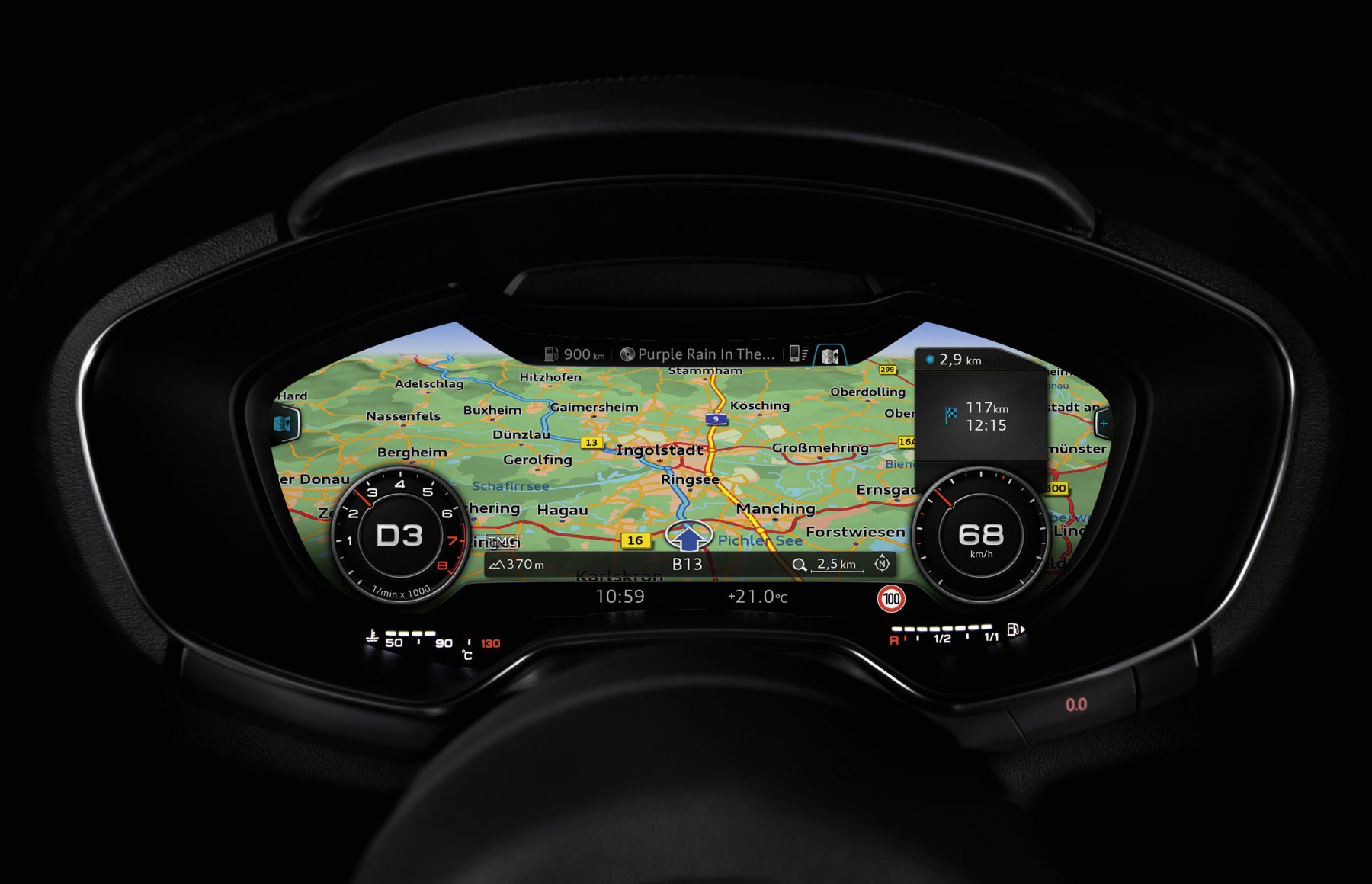
This feature is the most likely to be found in everyday cars sooner than the rest of the innovations on this list, as many premium vehicles are fitted with them already. Rather than having conventional dials to tell you your speed, revs and fuel level, manufacturers are developing screens that fit into the instrument binnacle and can flick through all the information you need and with much more clarity.
The first brand to break ground in this area was Audi in conjunction with parent group Volkswagen, and its Virtual Display concept that debuted on the Audi TT back in 2015. Controlled by the multi-functional steering wheel, it comes with two main modes – classic and infotainment. In infotainment mode, the dials shrink into the corners and allow the driver to display a large satellite navigation screen in the middle, as well as search through other features normally displayed on a central screen. The classic mode is more familiar and includes two large dials with the speed and revs, while a small infotainment screen remains in the middle.
Although it isn’t a standard feature yet, Audi is offering it with the majority of its range, with Volkswagen also providing it as an option since 2017. Most other manufacturers now also include them, with Jaguar Land Rover, Mercedes, Lexus, Peugeot, Renault and BMW all having a go at fully digitalising their cockpits.

